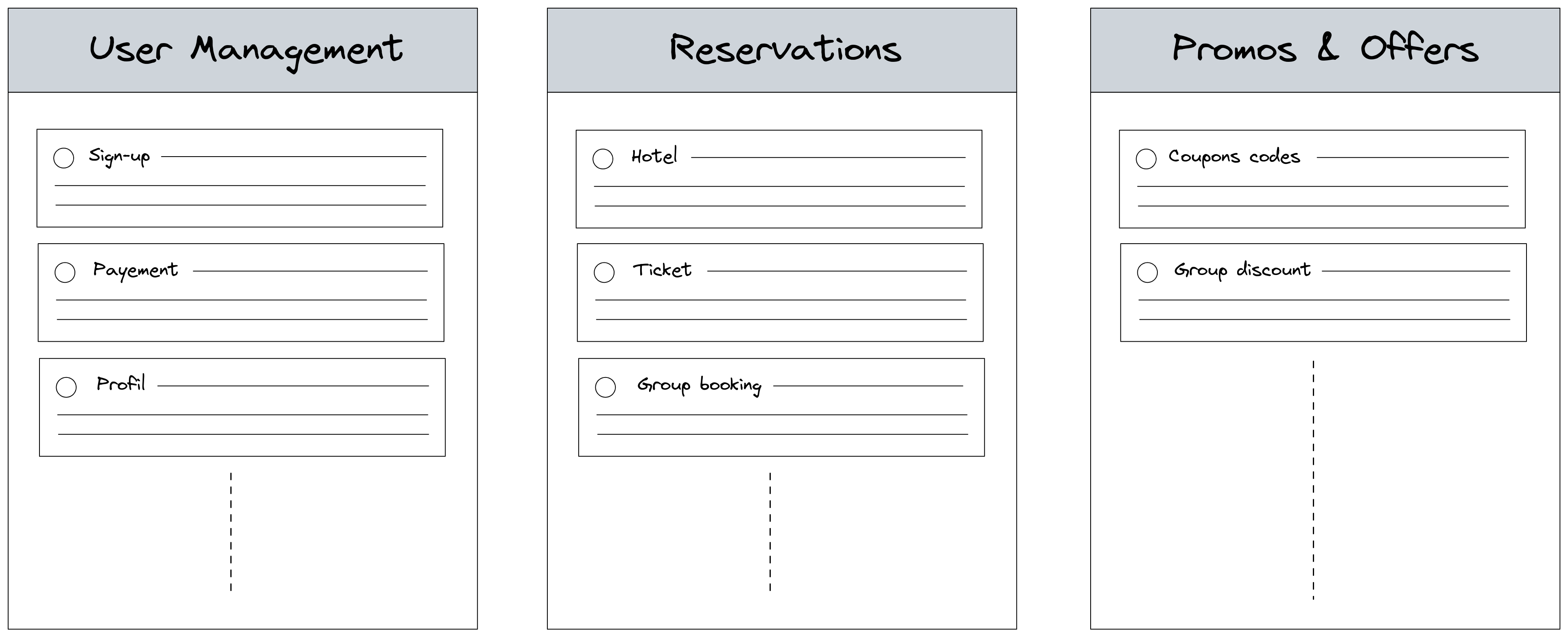What is scrum
Updated December 10, 2021 | 4 min read
Scrum is a method for addressing complex adaptive problems while producing and creating products that are of the greatest value.
Before talking in more details about scrum, let first talk about 2 approaches when it comes to developing software:
1- Waterfall vs Agile
Waterfall development is a sequential process through all phases of a project (analysis, design, development, and testing, for example), with each phase completely completed before the next begins.

Agile methodologies work by using sprints. A project is divided into groups of small related tasks, then each group is put into a sprint backlog, and then each sprint goes through the development cycle.

Agile software development is an umbrella term for a set of frameworks and practices based on the values and principles expressed in the Manifesto for Agile Software Development and the 12 Principles behind it.
When you approach software development in a particular manner, it’s generally good to live by these values and principles and use them to help figure out the right things to do given your particular context.
The Waterfall methodology's emphasis on upfront planning and management commitment to a certain defined progress means that it is less flexible, or agile, later in the process. If changes come later, it may be hard to adjust. It may be difficult, costly, and time-consuming. Agile attempts to overcome these challenges by doing the opposite.
2- Scrum is agile
Ken Schwaber co-developed the Scrum framework with Jeff Sutherland in the early 1990s to help organizations struggling with complex development projects.
Scrum is one of the most famous methods that adopt Agile development principles. It is highly used across teams nowadays, and people can literally make a whole career out of it.
In scrum we talk usually about 2 more roles rather than the team itself:
- A Product owner: The business is represented by the product owner who tells the development team what is important to deliver.
- A Scrum master: Responsible for gluing everything together and ensuring that scrum is being done well.
3- How it works
Your team will be sharing a scrum board that look like this:

You will have a daily scrum meeting, it is recommended that this meeting should be:
- Time boxed: 15 min
- Same place
- Same time
- Facilitated by scrum master
- Full team presence
- Focus on 3 questions:
- What did I do yesterday ?
- What I will do today ?
- What's in my way ?
4- Product backlog
A product backlog is a prioritized list of work for the development team that is derived from the roadmap and its requirements. The most important items are shown at the top of the product backlog so the team knows what to deliver first.
Now let dig into the details of how to write a product backlog: start with the R's.
A team's roadmap and requirements provide the foundation for the product backlog. Roadmap initiatives break down into several epics, and each epic will have several requirements and user stories.

Since the startup website is the first initiative in the roadmap, we'll want to break down that initiative into epics:

The product owner then organizes each of the user stories into a single list (the product backlog) for the development team.
5- User stories
A user story is an informal (tickets), general explanation of a software feature written from the perspective of the end user. Its purpose is to articulate how a software feature will provide value to the customer.
Putting people first is a key component of agile software development. A user story puts the end user at the center of the conversation. These Descriptions use non-technical terms to describe the goal. After reading a user story, the team knows why they are building, what they're building, and what value it brings.
6- Sprints
Sprints allow teams to deliver high-quality products and make projects more manageable with faster and more frequent work, as well as more flexibility to adapt to changes.
A couple of things to think about when it comes to sprints:
- Ensure that the team understands the sprint goal and how success will be measured.
- Keeping everyone aligned and moving toward a common goal is crucial.
- Make sure your backlog is well-organized and prioritized according to dependencies.
- Ensure you understand velocity, and that it reflects things like team meetings and leave.
⚠️ You shouldn't add too many stories, overestimate velocity, or add too many tasks that will not be completed in a sprint. Don't set yourself or others up for failure.
7- Tools & Resources
As a summary, I want you to take from this article, that Agile is a set of principles for project management, while scrum is a framework for getting s*#t done.
Personally I use trello for creating and managing scrum boards, other popular tools are:
I hope you enjoyed this article, for more information about agile development and scrum visit their official resources: